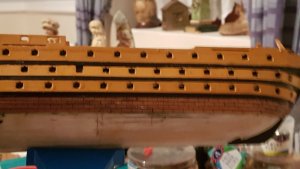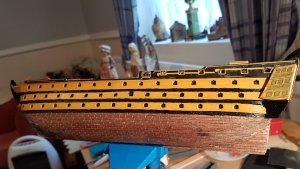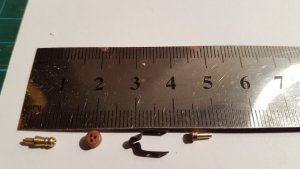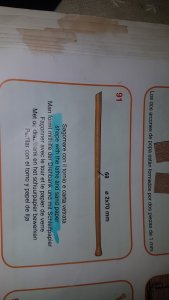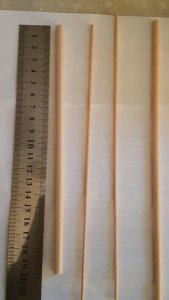- Joined
- Jul 22, 2017
- Messages
- 331
- Points
- 268

Bazzg,
I am unsure as to the directions but I believe that when you mix the glue with 30% water, it is used to fill in any gaps between planks and acts like a bonding agent for the putty to adhere to. Depending on the size of the gaps will help you determine which item to use. If you have gaps in your planking greater then 2mm I would use the watered down glue to help fill the gaps because this mixture will be thicker then regular sanding sealer. Once the glue has dried thoroughly, then you would apply minimum putty because you have basically filled in the majority of the gaps with the glue mixture. I hope this helps.
Ray
I am unsure as to the directions but I believe that when you mix the glue with 30% water, it is used to fill in any gaps between planks and acts like a bonding agent for the putty to adhere to. Depending on the size of the gaps will help you determine which item to use. If you have gaps in your planking greater then 2mm I would use the watered down glue to help fill the gaps because this mixture will be thicker then regular sanding sealer. Once the glue has dried thoroughly, then you would apply minimum putty because you have basically filled in the majority of the gaps with the glue mixture. I hope this helps.
Ray






